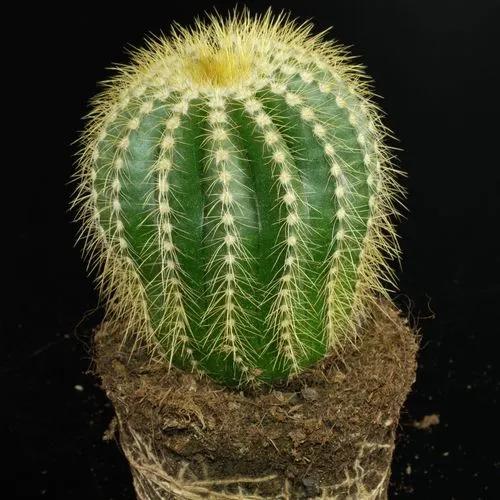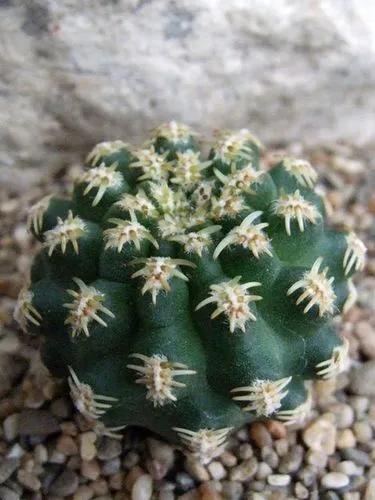Blue Spear shows off bigger, taller spikes than any other seed lavender, with more upright flower stems that stand closer to each other for huge impact from a distance. Very easy to grow, with high uniformity, good habit and earliness (if grown with minimum 12-hour daylength).
Blue Spear Lavender Care
Lavandula Angustifolia 'blue Spear'



How to Care for the Plant

Water

Lavender is a resilient plant that is extremely drought-tolerant once established. When first starting your lavender plants, keep them regularly watered during their first growing season

Pruning

Although lavender plants get regularly pruned simply by harvesting the flowers, a bit of spring pruning is recommended to keep them well-shaped and encourage new growth. Taller varieties can be cut back by approximately one-third of their height, while lower growing varieties can either be pruned back by a couple of inches or cut down to new growth.

Fertilizer

Areas where the ground routinely freezes and thaws throughout the winter will benefit from a layer of mulch applied after the ground initially freezes. It's a good idealto add a handful of compost in the planting hole when you are first starting lavender plants. But additional feeding is not needed with these plants and can detract from the overall potency of your lavender.

Sunlight

Lavender plants thrive in full sunlight, which is the best way to guarantee a lot of buds and big, full bushes. They really can't handle much (if any) shade, so don't plant them in a bed or spot in your landscape where they'll be overshadowed by trees or other large plants.

Soil

As with many plants grown for their essential oils, a lean soil will encourage a higher concentration of oils, so go easy on the organic matter and fertilizer. Lavender prefers well-drained soil that is on the drier side, so if you're using a traditional potting mix, be sure to add in some sand for drainage. An alkaline or especially chalky soil will enhance your lavender's fragrance. Any pH below about 6.5 will likely cause lavender plants to be very short-lived—this is not a good choice for acidic soils.

Temperature

Lavender can withstand a range of temperatures—it is usually dampness more than cold that is responsible for killing lavender plants. Dampness can come in the form of wet roots during the winter months or high humidity in the summer. If humidity is a problem, make sure you have plenty of space between your plants for airflow, and always plant your bushes in a sunny location. Protect your lavender plants from harsh winter winds by planting them next to a stone or brick wall, which will provide additional heat and protection.

Container

Where outdoor planting is not practical, you can always grow your lavender in pots and move it around to follow the sun, or even bring it indoors for the winter. Although lavender has a large, spreading root system, it prefers to grow in a tight space. A pot that can accommodate the root ball with a couple of inches to spare is a good choice, as a pot that is too large will only encourage excessive dampness.

Popularity

357 people already have this plant 108 people have added this plant to their wishlists
Discover more plants with the list below
Popular articles






